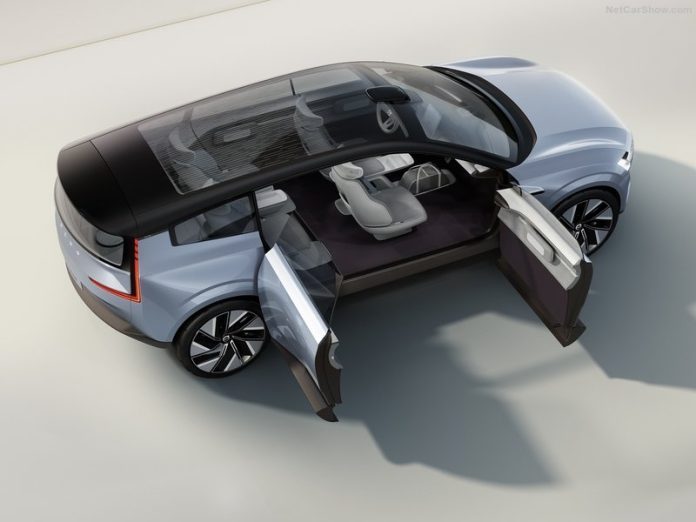As we move further into the 21st century, the advancements in car safety technology continue to redefine our expectations for vehicular safety. From the very basics like seatbelts and airbags to advanced driver-assistance systems (ADAS), car safety technology has evolved at an incredible pace, with the ultimate goal of making accidents a thing of the past. Here, we delve into some of the most exciting advancements in this sphere, painting a vivid picture of the road ahead.
Evolution of Active Safety Features
The focus was once on preventing injury and death during a car collisions, but new active safety features are designed to prevent accidents before they occur. These technologies have evolved exponentially in the last decade. We have witnessed the advent of technologies such as Adaptive Cruise Control (ACC), Lane Keeping Assist (LKA), and Emergency Braking Systems (EBS), among others. These technologies use a combination of cameras, radars, and other sensors to detect potential threats and take necessary actions to avert accidents.
In the realm of advanced driver-assistance systems, the technology has advanced to the point where some vehicles can now drive semi-autonomously under certain conditions. For instance, with the development of artificial intelligence and machine learning, cars are now equipped with systems that can predict and react to different driving scenarios. These systems can recognize traffic signs, detect pedestrians, and even interpret complex situations on the road.
Biometric Technology for Enhanced Safety
Another intriguing development in car safety technology involves biometrics. Biometric systems in cars can ensure that only authorized individuals can start and operate the vehicle, adding a layer of security. These systems can identify drivers based on unique physical characteristics like fingerprints or even retinal patterns.
Beyond security, biometric technology can also enhance safety by monitoring the physical state of the driver. For example, heart rate monitors and eye tracking devices can detect signs of fatigue or distraction, alerting drivers when they should take a break or pay more attention to the road. In some cases, the vehicle can even take control and slow down if the driver does not respond.
Vehicle-to-Everything (V2X) Communication
Vehicle-to-Everything (V2X) communication technology is another significant development with the potential to revolutionize road safety. This technology allows cars to communicate with each other and with the surrounding infrastructure, exchanging real-time information about their position, speed, and other factors.
This communication can prevent collisions by informing drivers or autonomous driving systems about potential hazards or changes in traffic conditions. For example, if a car several vehicles ahead suddenly brakes, V2X technology can relay this information to following cars, giving them more time to respond.
Augmented Reality (AR) and Heads-Up Display (HUD)
Augmented Reality (AR) is another technology making its way into the automotive world. AR can be used in Heads-Up Display (HUD) systems to project important information onto the windshield, keeping it within the driver’s field of vision. This technology can display navigation information, speed, and other relevant data, helping drivers keep their eyes on the road.
The Road Ahead
With all these advancements, the future of car safety technology looks incredibly promising. As vehicles become increasingly connected and autonomous, we can expect a drastic reduction in road accidents, most of which are caused by human error.
However, it’s important to remember that the effectiveness of these technologies depends on widespread adoption and proper use. Policymakers, car manufacturers, and consumers all have a role to play in ensuring these technologies are implemented effectively and responsibly.
Cybersecurity and Data Privacy
As cars become more connected and technologically advanced, another aspect of safety that cannot be ignored is cybersecurity. With the increasing amount of data that cars process and the interconnectivity provided by V2X technology, they become potential targets for cyberattacks.
Ensuring the security of these systems is paramount to prevent unauthorized access that could jeopardize safety. This includes not only robust encryption and firewalls but also regular software updates to patch any vulnerabilities.
Predictive Maintenance
Another exciting advancement in car safety is predictive maintenance, aided by machine learning algorithms. Cars can monitor their own systems and alert the driver when parts are likely to fail or when it’s time for a check-up. This can prevent breakdowns and accidents caused by mechanical failures.
Sensors can monitor everything from brake pad wear to tire pressure, engine performance, and even the condition of the battery in electric cars. The collected data can be analyzed to predict when a component might fail and recommend proactive maintenance, preventing potential problems before they occur.
The Intersection of Safety and Sustainability
Finally, it’s worth noting that many of the advancements in car safety technology go hand-in-hand with developments in sustainable transportation. Electric vehicles (EVs), for instance, are generally equipped with advanced safety systems, including ADAS.
An Innovative Future
The advancements in car safety technology are paving the way for a future where road accidents are rare, and car travel is more secure and comfortable. As these technologies continue to evolve and mature, we can expect even greater leaps in safety.











